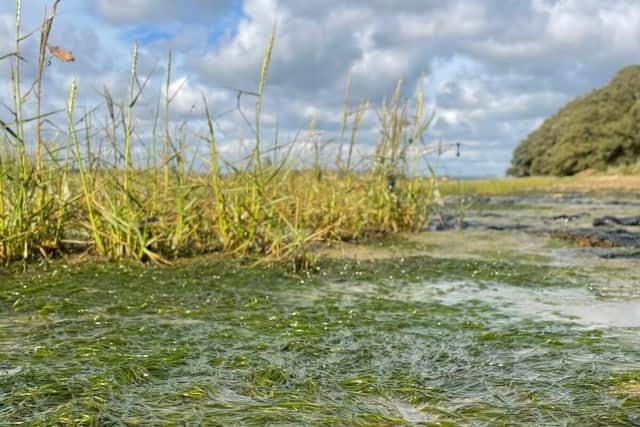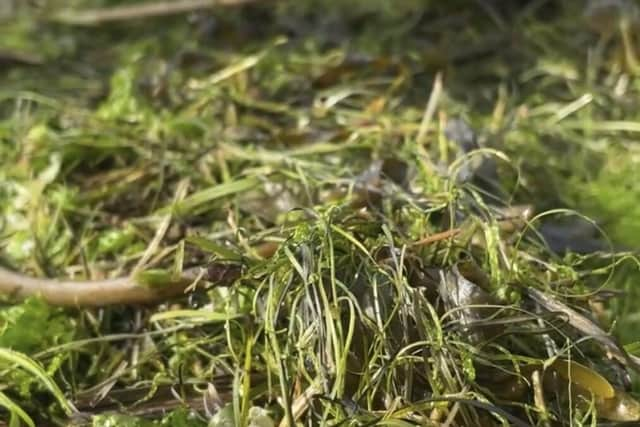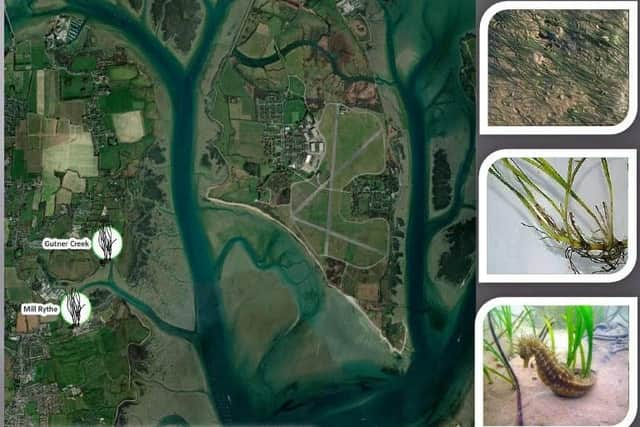Be a Seagrass Superhero! Chichester project looking for citizen scientists to help
and live on Freeview channel 276
Why is Seagrass so Special?
BIODIVERSITY - A single hectare of seagrass can support 80,000 fish and 100 million small invertebrates.
FISH NURSERY - Young species like sea bass and other ecologically and commercially important species shelter and grow in seagrass meadows.
Advertisement
Hide AdAdvertisement
Hide Ad

CARBON AND CLIMATE CHANGE - Covering just 0.1-0.2% of the seabed, seagrass accounts for 10-15% of the ocean’s carbon storage. Seagrass is up to 35% better than tropical rainforests at removing carbon dioxide from the atmosphere!
BRENT GEESE FOOD - Seagrass is food for internationally important populations of birds that spend their winters in Chichester Harbour, like brent geese.
COASTAL DEFENCE - Seagrass helps mitigate the impact of more extreme weather and sea-level rise while improving water quality and stabilising the seabed.
The Project


Rayner Piper is a marine biologist from Fathom Ecology. He has secured funding for an experimental seagrass restoration project within Chichester Harbour, focussing on Dwarf Seagrass (Zostera Noltii). Next spring, he will plant seagrass seeds in a trial site, comparing four different methods to find out the best way of restoring seagrass meadows.
Advertisement
Hide AdAdvertisement
Hide AdAs well as injecting the seed directly into the mud, Rayner is looking at feeding seagrass to wildfowl and then collecting their poo (containing seagrass seeds) to plant next spring! This is not as crazy as it sounds – research in Australia found that seagrass seeds that had been through the digestive systems of turtles and dugong germinated significantly faster.
How can you help?
Rayner needs seagrass seed, which means he needs seagrass! At this time of year, seagrass naturally dies back, and the recent stormy weather has left it washed up on the strand line. That’s where you come in. We need you to be a citizen scientist – it’s easier than you might think…


· Take a walk along the shoreline.
· Look closely at the strand line (high water mark).
· If you see some seagrass, pick it up! It is soft and looks like grass clippings.
Advertisement
Hide AdAdvertisement
Hide Ad· Put it in one of the special blue seagrass bins located at Emsworth Yacht Harbour and Prinsted Bay.
· The bins will be in place until Monday 13 November.
Rayner will then harvest the seeds from the seagrass to be planted next year.
Keep up to date with this project and find out more about the work to restore nature within Chichester Harbour - visit www.conservancy.co.uk.